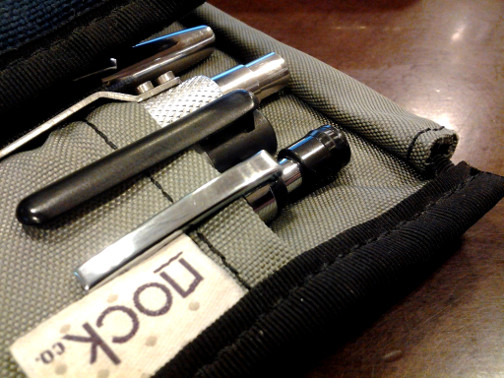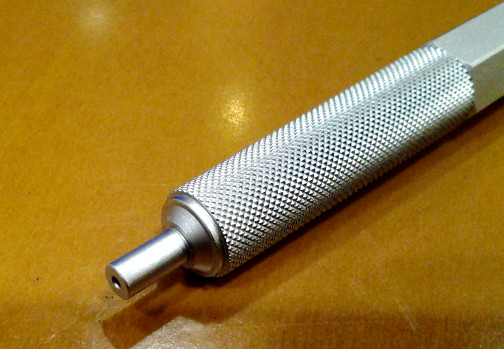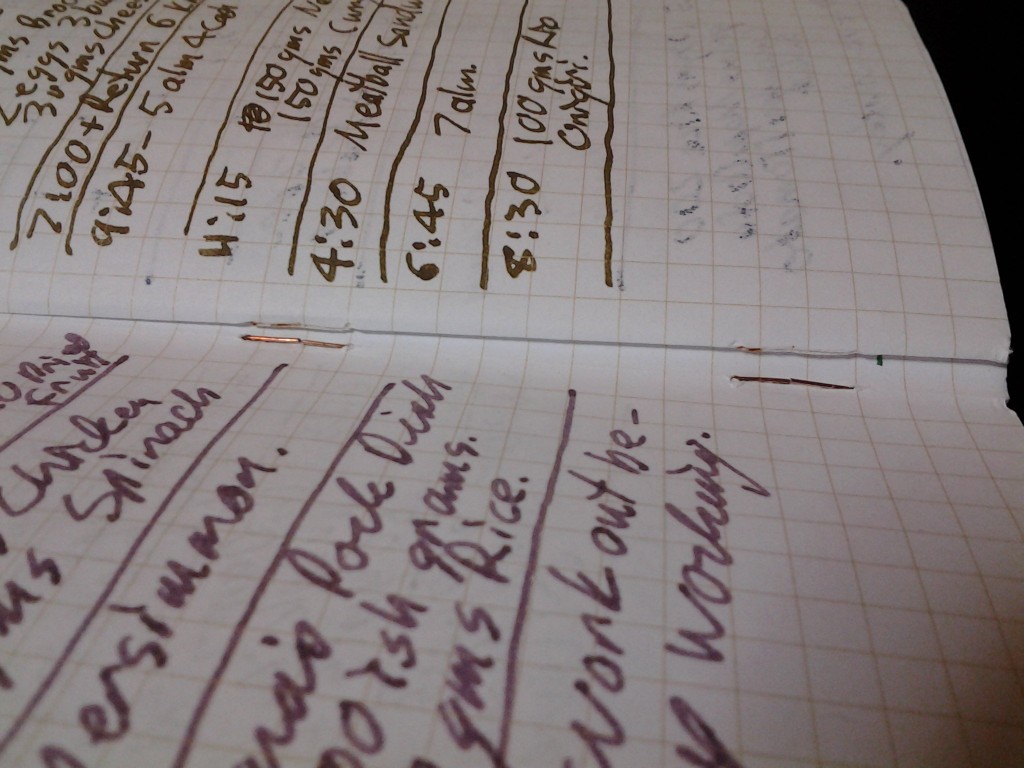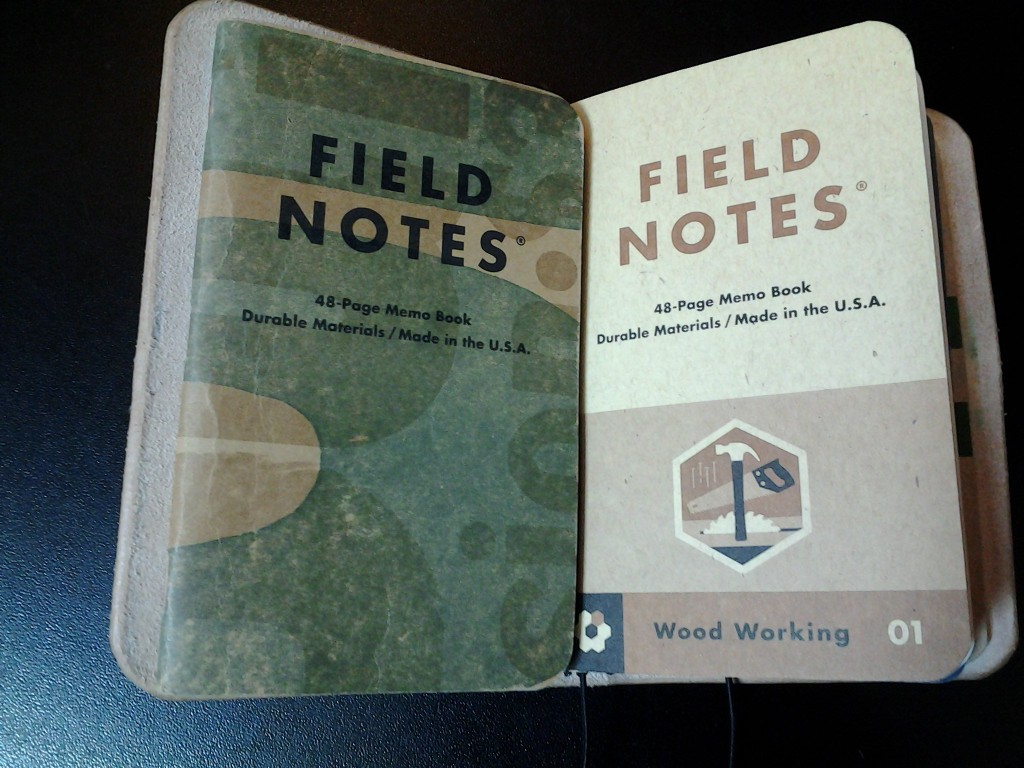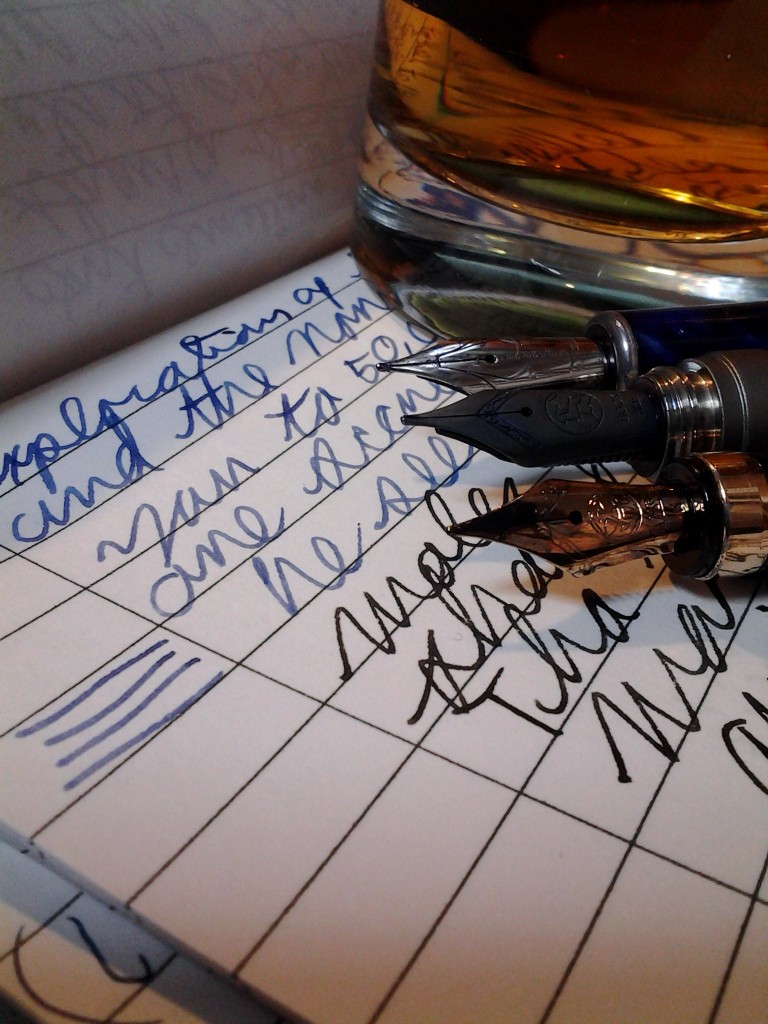Some of it was salvageable, but a lot of it was crap. Some of it was only potential.
Because I am, most of the time, what is known as a “discovery writer” I tend to approach writing projects with no plan. (r.e. this blog). I start with a premise and maybe a character or two and then start writing. This is an exciting process but it also has a couple drawbacks.
First, I tend to underwrite. Because I’m outlining and writing at the same time, I tend to write scenes that I need to write rather than writing the scenes.
Second, I end up with different versions of the same scene.
Third, I end up forgetting what has gone before and changing both character and premise. (I’ve had to throw out several thousand words because I forgot the job of a main character’s father.)
Fourth, endings are real pain. This is because they come after a lot of energy has been spent and I’m in a hurry to move on to the next step. I end up with well written, detailed openings and “then they all got hit by a truck (note: check kind of truck) and lived happily ever after” endings.
The next step is where the previous steps meet and where my problems were today. After I finish a project, I tend to set it aside for months and then read it as if I’m a new reader (albeit one who keeps a pen in hand to mark up the book).
Today I went after a project that I’ve been avoiding for several months. (More on that in another post.) I’ve been through it once and it’s already on computer, but I had to reread it and put it in something resembling an order. That meant trying to remember previous decisions and trying to remember how to use the software I’d entered it in.
I can see where it’s underdeveloped and where it’s crap. This all hopefully leads to finding beta readers who will send reasonably specific feedback. (This has been a problem; more on that in a future post.)
There’s a lot of work to do but it turns out that actually starting the work makes me want to do the work. Not always, but often.




